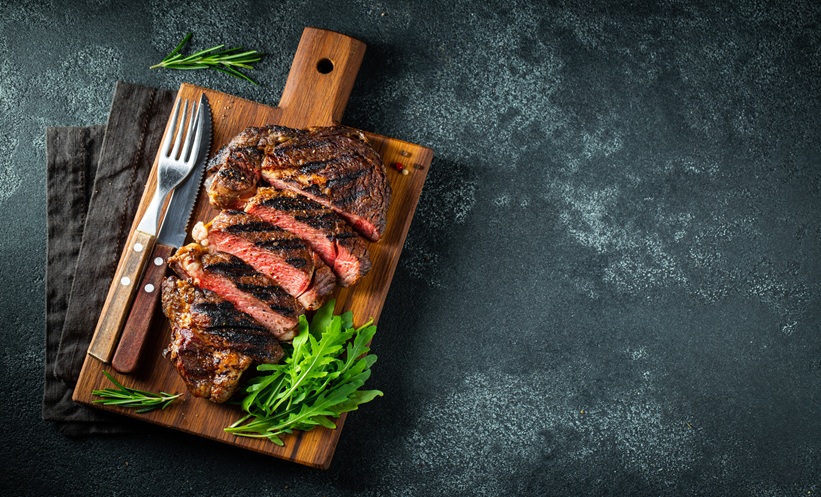A NEW retrospective study has proposed a predictive model for cirrhosis and hepatocellular carcinoma in individuals with HFE haemochromatosis, a common inherited disorder characterised by iron overload. Affecting approximately 1 in 200 people of European descent, HFE haemochromatosis is caused by a genetic mutation that disrupts the regulation of hepcidin, the hormone responsible for controlling iron absorption. Excessive iron accumulation can lead to serious liver damage, including cirrhosis and, in some cases, liver cancer.
This analysis focused on 197 individuals with a specific genetic profile, C282Y homozygosity, who had undergone liver biopsy. It examined how two factors, mobilisable iron (estimated from iron removed via venesection) and alcohol consumption, interact to influence the risk of developing cirrhosis and hepatocellular carcinoma. The results showed a strong association between mobilisable iron levels and cirrhosis, with alcohol consumption significantly compounding this risk. The findings also highlighted a synergistic relationship, where the combined effects of iron overload and alcohol were greater than either factor alone.
Interestingly, mobilisable iron had a stronger correlation with cirrhosis than iron concentration measured directly from liver biopsy samples. This may reflect the variability and limitations of biopsy-based assessments, including sampling error and spatial differences in liver iron distribution. The study proposes that newer imaging-based methods, such as MRI, could offer more precise alternatives for assessing liver iron concentration in future research.
The model demonstrates high specificity and negative predictive value for cirrhosis and hepatocellular carcinoma, making it a potentially valuable tool in outpatient settings. Used alongside non-invasive fibrosis assessments and imaging surveillance, this approach could help clinicians better stratify risk, guide decisions on liver biopsy or cancer screening, and improve patient outcomes.
The authors emphasise the need for external validation of the model, ideally in a more contemporary cohort using non-invasive techniques. Nonetheless, the study provides further evidence that both iron overload and alcohol intake should be addressed to reduce liver-related complications in haemochromatosis.
Reference
Mitchell NDP et al. Risk profiling for cirrhosis and hepatocellular carcinoma in HFE hemochromatosis using mobilizable iron stores and alcohol consumption. Sci Rep. 2025;15(1):16011.








